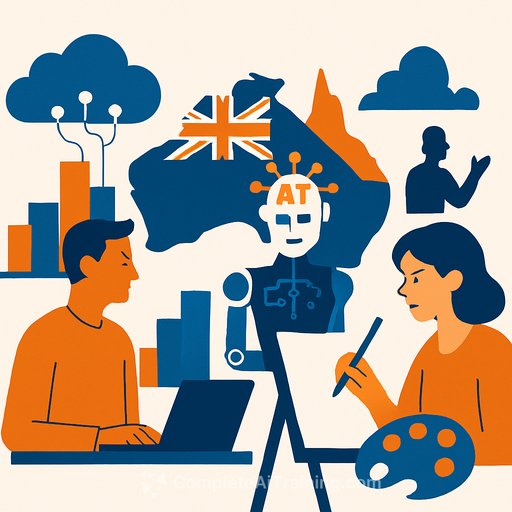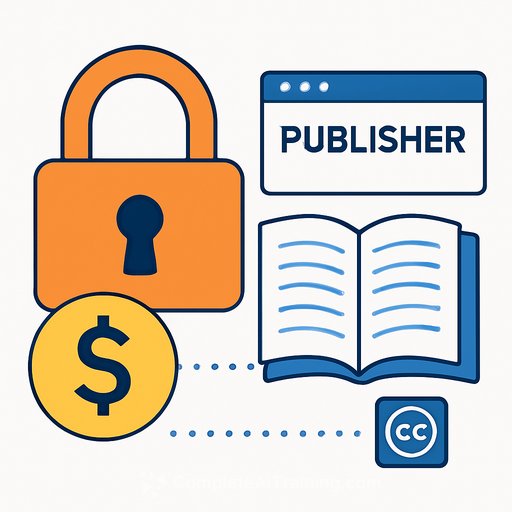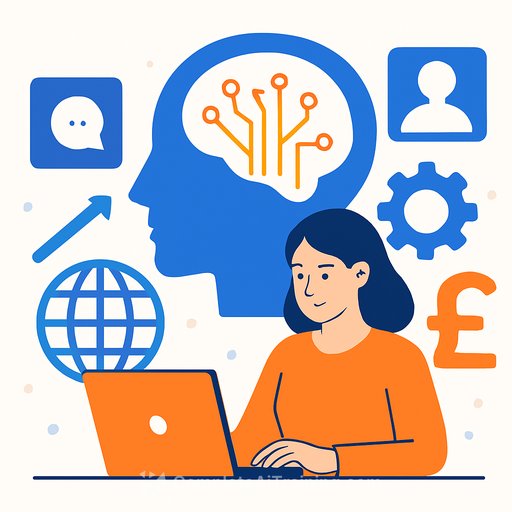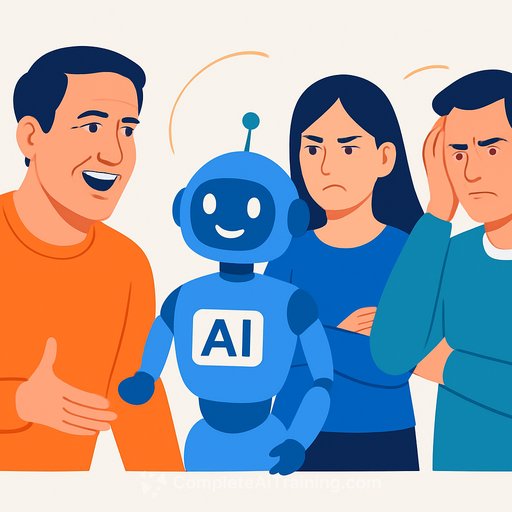AI lobbying in Australia: what a "two-tier economy" signals for creatives
Big Tech has turned up the volume on AI in Australia. Amazon Web Services (AWS) is promoting a future "powered" by AI, backed by a report titled "Unlocking Australia's AI potential" produced with UK consultancy Strand Partners, which joined the EU lobbyist register in June. Their message: if businesses don't adopt AI, faster rivals will surge ahead and split the market into two tiers.
AWS also bumped its planned Australian investment by $7 billion to $20 billion by 2029 to expand data centres and meet demand for AI and cloud tools. Google is pushing a similar line, urging policies that help small and medium businesses adopt AI through grants and skilling, pointing to the Australian government's AI Adopt Centres as a model.
Why this matters to creatives
- Rights: Proposals to allow text and data mining for AI training without clear consent put your catalog at risk. If your work trains models without permission, your leverage drops.
- Income: As AI lowers production costs, budgets shift. Without licensing and compensation frameworks, the middle of the market gets squeezed first.
- Attribution and provenance: Without transparent datasets and content credentials, it's hard to prove misuse or claim credit.
- Market dynamics: If AI access and capability become uneven, larger players and AI-native teams win deals on speed and price, while independent artists carry more risk.
The policy fight is live
A Senate inquiry into national cultural policy examined AI's impact on the creative sector. Many artists criticised the Productivity Commission for recommending a copyright exemption for text and data mining without properly consulting creatives. One senator argued that accepting mass ingestion of creative work amounts to "waving the white flag" and that Australian copyright is worth protecting.
What to do now (practical and protective)
- Set terms in writing: Add clear license language to briefs and contracts that prohibits AI training on your work without permission, requires attribution, and defines compensation for any training use. Include audit and takedown rights.
- Mark your work: Use consistent metadata and content credentials (e.g., C2PA-style content provenance) to signal usage terms and make provenance easier to verify.
- Control your pipeline: Keep client assets out of public models. Prefer tools that offer private or local processing, data retention controls, and enterprise terms with indemnities.
- Track value: Pilot AI in narrow tasks (ideation, rough comps, first drafts, QC). Measure time saved and quality impact. Keep what works; drop what doesn't.
- Show up in policy: Make submissions, work through your guilds and associations, and ask for consent-based licensing, dataset transparency, and fair compensation mechanisms.
- Use support that exists: Check eligibility for government skilling and adoption programs to upgrade your workflow without handing over your IP for free.
Questions to ask any AI vendor or client
- What data trained this model? Is there a public dataset list? Was copyrighted material included with consent?
- Is there an opt-out or a way to restrict training on my work? How is that enforced?
- Do you offer indemnities for copyright claims on outputs?
- How is my data handled, stored, and deleted? Is it used for further training?
- Can I get logs of prompts, outputs, and data flows for compliance?
Bottom line
Tech giants want faster AI adoption. Creatives need clear consent, credits, and compensation to keep their work viable in that push. Use contracts, credentials, and careful tool choices to protect your catalog while you test where AI actually helps your craft.
Learn and tool up (without giving away your IP)
If you want structured ways to add AI to writing, design, video, or audio work while keeping rights intact, these curated resources can help:
Your membership also unlocks:






